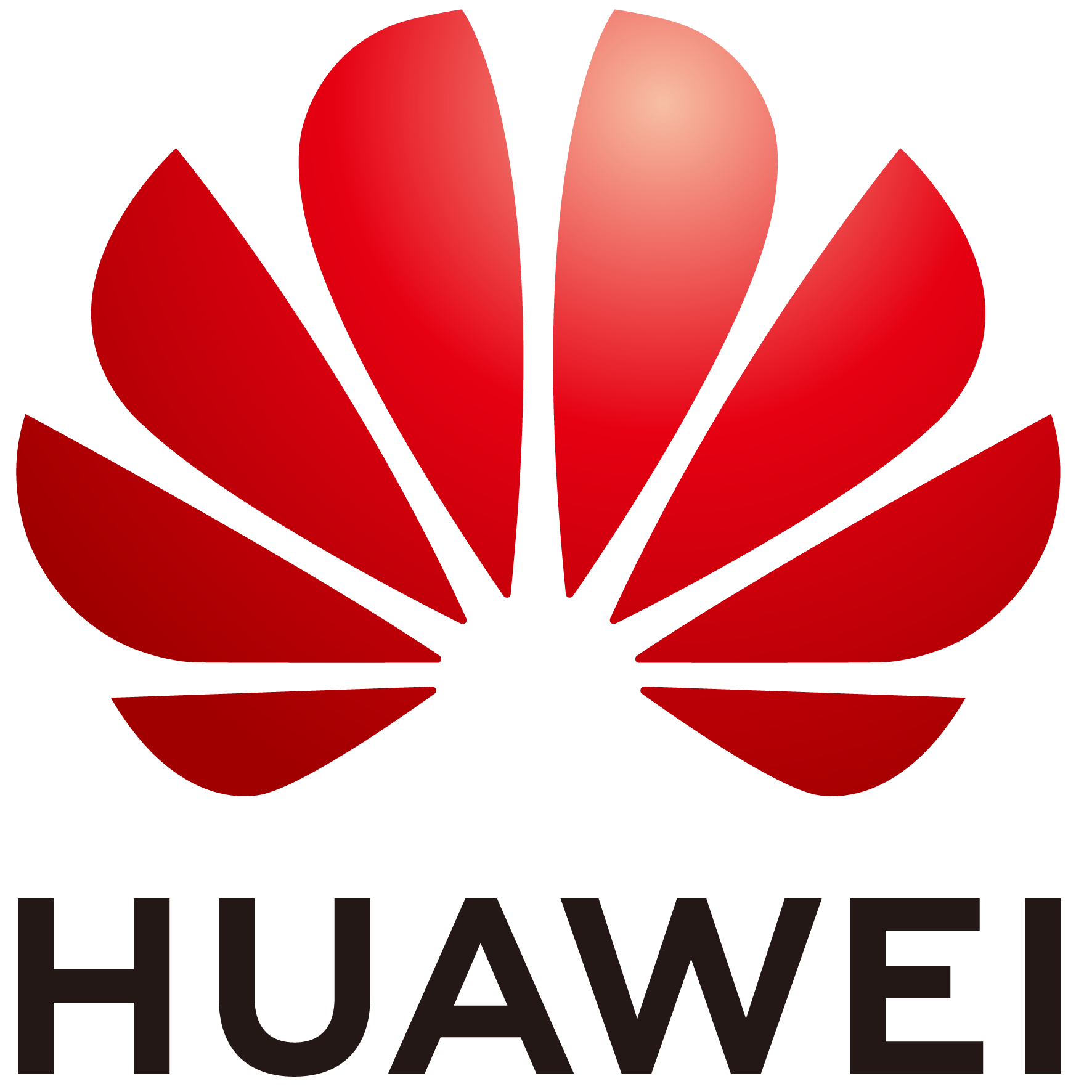
During the InnoTrans 2024, Berlin, event themed “The future of mobility”, Huawei released the industry’s first railway optical communication network solution that supports the fine-grain OTN (fgOTN) standard to ensure secure and stable running in the railway industry.
In a keynote speech titled “Next-Generation Intelligent Optical Communication Bearer Network for Railway”, Nick Liu, Vice President of Enterprise Optical Network Domain, Huawei, noted, “Focusing on key challenges and opportunities in the digital upgrade of railways and evolution of wireless mobile communications technology, Huawei launched the next-generation optical communication bearer network solution based on the MS-OTN platform.”
“The solution supports unified access of various services such as E1, PDH, SDH, MPLS-TP, and fgOTN. It also provides high bandwidth, high reliability, low latency, and easy O&M, which can fully meet current railway service requirements. Also, the solution supports smooth evolution of the railway wireless train control system from GSM-R to FRMCS, ensuring secure and stable running.”
As a fundamental component of the production system, the communication network has high requirements on security and reliability. As railways advance, they feature shorter train departure intervals and FRMCS, requiring a railway network with higher bandwidth, lower latency, higher reliability, and enhanced connection capability. Higher bandwidth and more flexible cross-connect granularities are required to carry various services and meet the requirements of future-oriented production communication networks.
As an optical transmission technology standard defined and released by International Telecommunication Union-Telecommunication Standardization Sector (ITU-T), fgOTN is clearly defined as the next-generation technology to replace SDH. Alongside SDH, it is another technology that has international standards to support constant bit rate (CBR) service bearing.
With the same fixed timeslot and mapping advantages as SDH, fgOTN also provides physical isolation to ensure service security and reliability, achieving SDH-like stable and low latency performance. Compared with conventional SDH devices, the MS-OTN platform that supports the fgOTN standard has the following upgrades:
Bandwidth upgrade: Based on the OTN standard, fgOTN provides the same bandwidth as OTN on the line side, which is more than tenfold that of SDH. It also makes further improvements to support 100G and further evolution to 800G per wavelength, meeting the bandwidth growth requirements in the next 10 to 15 years.
Transmission efficiency upgrade: fgOTN supports transmission of smaller-granularity services, with the step of 10 Mbit/s. It can support much more services of various types, such as E1, PDH, SDH, Ethernet, MPLS-TP, and OTN services, and achieves efficient transmission and flexible scheduling. In addition, the number of mapping layers is cut from 3–5 to 1–3, resulting in far lower service latency.
Enhanced O&M capability: fgOTN fully inherits SDH-like O&M and operation habits, eliminating the costs related to training O&M personnel. In addition, NCE intelligent O&M supports network resource visualization, link status visualization, and one-click fault locating, achieving efficient O&M.
More efficient clock synchronization: With support for channel-associated clock adjustment based on service clock information, fgOTN eliminates the need for network-wide clock synchronization. This ensures that the clock information on the transmission channels is consistent.
The application of the new fgOTN standard will accelerate the digital upgrade of the next-generation railway communication bearer network. This will help achieve sustainable and high-quality development. Looking ahead, Huawei will continue to innovate, and fully leverage the advantages of optical technologies to build a solid digital base for transportation. By doing so, Huawei expects to accelerate the digital upgrade and facilitate the high-quality development of the railway industry.
For more information, please visit:
https://e.huawei.com/hk/solutions/enterprise-optical-network/industry-optical-transport-network


